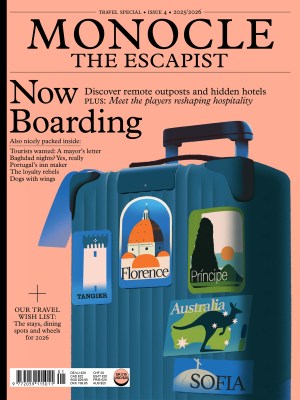Mipim, the property industry’s annual meet-up, is finally breaking new ground
We speak to eight mayors, developers and architects transforming built environments, from rethinking building materials to finding smart solutions to climate change.
Mipim, held in Cannes every year, is the biggest global event for property players, be they developers, venture capitalists, architects or national, state and city leaders with ambitious plans to develop sectors from housing to hospitality. The trade show pulls in exhibitors and attendees from Europe, the Gulf, North Africa and the US, all vying to make the best deals.
This year, Mipim took place under grey skies – literally and metaphorically. You needed an umbrella to keep the downpours at bay but also a thick skin to ignore the potential effects of a US-led tariff war, which had left some wondering whether American projects would be mothballed if steel was unable to enter the country. Yet there was something else at play; a sense that many in Europe would push ahead no matter what and certainly not try to amend targets for emissions reductions or sustainability. There were also pockets of genuine optimism: Ukrainians predicting a building boom post-ceasefire, Brazilians promoting a vibrant and verdant hospitality boom and the UK strutting its stuff, believing that the ills around housing might finally be addressed.
At Mipim it is possible to discern the levels of confidence around the world and see where’s on the up. And Monocle was there in force this year – with a radio studio at the heart of the event’s main venue, the Palais des Festivals. Here is a snapshot of a few of the conversations we had; for a deeper dive, tune in to our special episode of The Urbanist. Now let’s get building.
1.
Make Europe great again
Muyiwa Oki
President, Royal Institute of British Architects

In the US we are seeing the government back away from sustainability, lowering emission standards. Do you think that will happen in the UK?
“I believe that a new generation of architects and older real-estate professionals need to come together. They need to put their foot on the gas – as it were – to ensure that we do not miss out on this opportunity. I sat in on the keynote speech by Mario Draghi, the former president of the European Central Bank, and he mentioned this important point about optimising for the future of the EU and the European continent, and that our future needs to be sustainable. And that comes from having sustainable energy sources. In his opinion, which I agree with, we need to ensure that we have our own sources of energy that we control. In Europe we need to buckle down.”
2.
Foster resilience
Haris Doukas
Mayor of Athens

Athens is incredibly hot during the summer, what can be done to address this and deliver a better quality of life?
“When I was running for mayor, I said that within five years, I would try to reduce the ‘feeling temperature’ by 5C. This went viral. People said that it couldn’t be done. I insisted that there were two things that we could do immediately and the first was to plant trees. I told people that we would deliver 25,000 trees in five years but we did it in the first year. We now have heat maps and are planting trees in the places where there are the biggest rises in temperature in the summer. The second thing is that we are using new materials for roads. They’re more expensive but they don’t store heat. We are engaging residents too: we have awards for the greening of rooftops and gardening so if you are planting your roof, your balcony or anywhere in your city, we can give you specific bonuses.”
3.
Fix your own city
Mathias Müller-Using and Astrid Maria Rappel
Founder and CEO, Inter±pol Studios; communications and development at Dietrich Untertrifaller
Mathias, you have transformed a Second World War bunker in Hamburg into a public space, with an urban park on its roof and a path to the top inspired by the High Line. A million people have now visited. How did this come about?
“It was built between 1942 and 1943 [using forced labour]. It’s a concrete monster, it’s 40 metres high and in the middle of the city. It made me think about how we could make a better place out of it. I could see it every day from my apartment. The core idea was to bring nature and greenery onto this building and to develop a concept so that people could get up to the top without going into the building. And this is what we have done.”
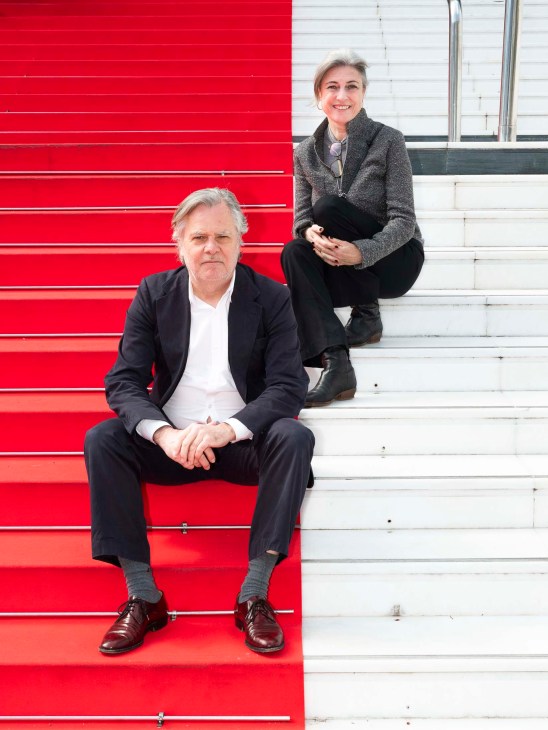

Astrid, you’ve seen the project – what’s your impression?
“Before it was a private building and now it’s a public one, and this has completely changed the image of the surroundings and the image of Hamburg. The project has taken a really bad monument and given it a positive image without forgetting its history. The fact that it’s accessible to everyone is important. And this is all thanks to Mathias’s vision.”
4.
Fill those empty spaces
Alice Charles
Global leader of strategic partnerships and director of the Cities, Planning and Design team at Arup
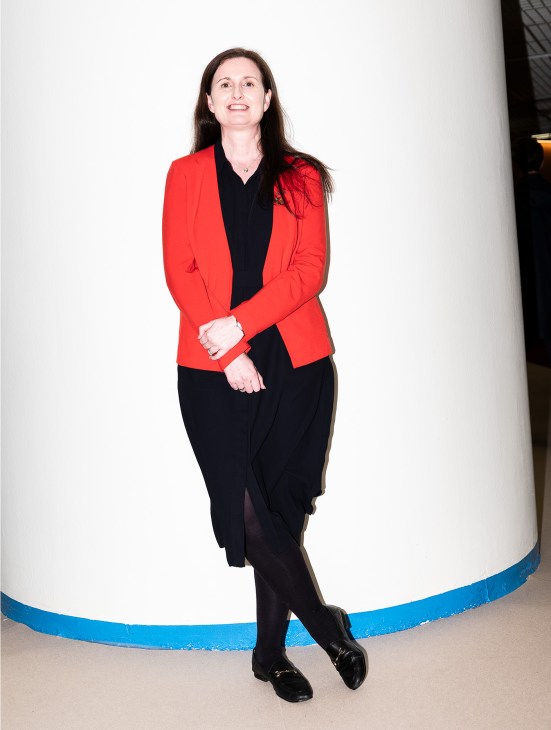
Many cities are grappling with the lack of affordable housing. What’s the solution?
“It takes time to build housing – building is your medium-term solution. Your short-term solution is making use of vacant stock. Some cities have done good work already: Melbourne has looked at its water data to understand what housing is vacant. Paris found a way to deal with Airbnb rentals by putting a tax on Airbnb and making sure that these properties meet health and safety standards. If we were to apply more uniform approaches across cities to the likes of Airbnb, then you might suddenly see stock coming on the market for citizens to rent.
Another phenomenon is stock being held. It could be an investor from overseas who wants to hold an asset in the currency of that country. And they’re not renting out that asset. There has to be taxation to encourage the rental of this stock. To solve your problem and your crisis in the short term, it’s going to be about working with that vacant stock. Mid-term is about making sure that you’re unlocking land for development. Everyone thinks that planning is the problem but that’s not necessarily the case. When we relax planning too much, that’s generally just before we have a crash, and then we’re left with stock that is of poor quality. There’s a very difficult balancing act that governments need to get right when it comes to planning. I’m always concerned when a government says that it’s all a planning problem.”
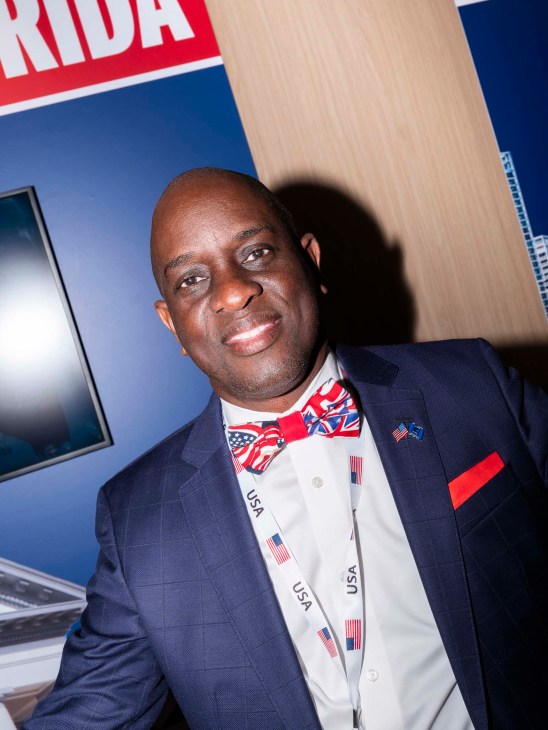
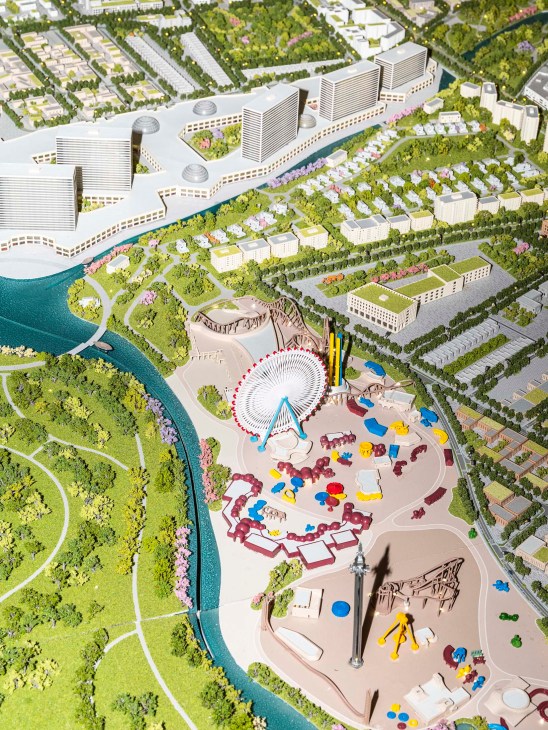
5.
How to drive change
Giovanni de Niederhäusern
Senior vice-president, architecture and product design, Pininfarina

What unites the properties that sit under your brand? Is there a specific aesthetic?
“I always say that I would like people to recognise Pininfarina not for the aesthetic but for our methodology, which goes back to car design. Pininfarina worked with almost every famous car designer around the world. It is a company that was able to adapt its vision and create a car that was unique, which was innovative but was made in the image of the car manufacturer, not of Pininfarina itself. And we have the same thing in architecture. So depending not just on the client but on the social, economic and geographical context, the architecture can be very different. What is always the same is the methodology, which is strict and is able to create value. With a Pininfarina building you see the detail; you understand the relation with the context.”
6.
It’s a materials world
Jordan Goldstein
C0-CEO, Gensler
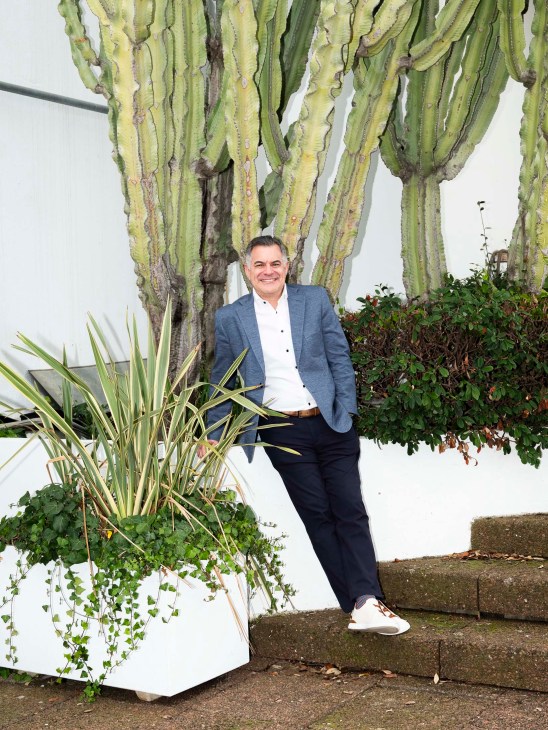
With climate resilience becoming a critical urban concern, what design strategies
will define the next generation of sustainable, liveable cities?
“We believe that to shape a better future through design, it’s important to think about materials, structures and sites and ask, ‘Do we always have to build new?’ There are all these different materials coming into architects’ offices so how do we start to look at these materials through a resilience lens? So we put out the Gensler Product Sustainability Standards, setting the minimum thresholds for materials and finishes for both buildings and interiors. The result is that it has made us go through the materials in our libraries and offices and say, ‘You know what? These just don’t work.’ This then creates a ripple effect. Suddenly you have manufacturers and vendors rethinking some of the fabrication processes and material composition of what’s in the marketplace.”
7.
New nations head to Cannes
Nicolas Kozubek
Managing director, Mipim
Uzbekistan and Romania are new attendees. Are you seeing a change in the countries coming to Mipim?
“Yes there’s definitely a shift. There are countries that are very mature in their urban development that are looking to understand how they will face future challenges with their existing built environment. In Europe and across the US, where the possibility to build something totally new is low, you have to understand how you retrofit, how you rebuild, how you renew what you have. And on the other side, you have vast parts of the globe where urban development is the topical issue because nations have rising populations and a will to modernise. Uzbekistan is a nice example because the New Tashkent project is something that is crucial for them. They are very proud of it. They are showcasing it their way this year and then, as exhibitors, they will learn about what they can achieve at the event. I’m sure that they will come back next year and continue this story further.”
8.
How to retrofit
Sebastien Ricard and Yasmin Al-Ani Spence
Board directors, WilkinsonEyre
Sebastien, what did you learn from transforming the Battersea Power Station into one of London’s most important mixed-use developments?
“The biggest thing I’ve learned on the project is that actually you can do anything. A lot of people felt that the project would never happen – it was too complex, too challenging. The building was in a very poor state. So I think that if you put your mind to it, whether you’re a client or a designer, you can always find a positive solution.”
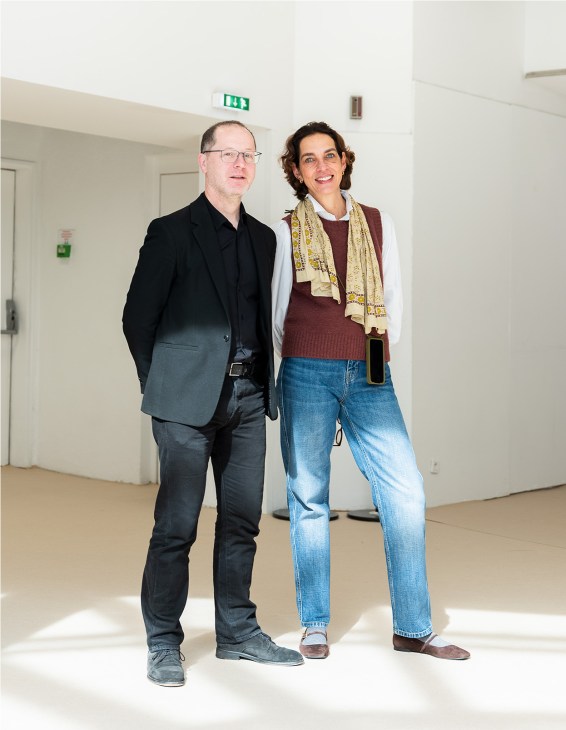
Yasmin, you’re involved in the regeneration of the Citi Bank building in Canary Wharf, where you are transforming an old skyscraper into a modern workplace, even inserting a winter garden halfway up the tower. What’s the plan?
“It is an extraordinary project and it’s very daring that Citi decided to keep the tower. I think more and more we will see this happening; it’s a huge learning curve for the construction industry, which will have to adapt to these new ways of building, to think a bit outside the box of how things can be done because there isn’t a building site – all the materials are stored inside the tower. It was built in 1999 and it was segregated floor by floor; what we’ve done is make it more democratic – in the middle is now a space for everybody. The winter garden is open to the fresh air so people don’t always have to leave the building if they want to go out. We’ve made the tower into a town. And everything that a town needs the tower has. It allows for a more collaborative work environment.”


